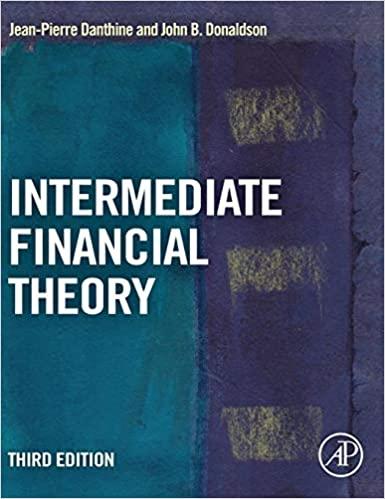Question
3. A recent Credit Markets column in the WSJ (8/17/17) contained the statement, Most recently, government bonds have sold off after more comprehensive retail-sales data
3. A recent Credit Markets column in the WSJ (8/17/17) contained the statement, Most recently, government bonds have sold off after more comprehensive retail-sales data for July
came in above analysts expectations. Use the supply and demand apparatus discussed in class to explain how this event (better than expected retail sales) led to the change in bond prices (and therefore of interest rates) described in the article. First diagram the initial (before the event) equilibrium in the market for loans. Next, working in the context of the classical (Fisher) model discussed in class, explain what factor in the model changed as a result of this event. Then describe what curve in the diagram shifts in which direction as a result of this change, and add the new, shifted, curve to the diagram. Finally indicate on the diagram the change in interest rate and amount of lending that results, and explain how this corresponds to the sell-off of bonds described in the article.
a. event
b. factor in model
c. curve shift
d. result
4. Assume that American and Japanese capital markets are identical with respect to investment opportunities and in all other ways except that American households tend to have a stronger preference for current consumption. As you did for question 3, use the supply and demand apparatus of the classical model to compare - on the same diagram - the equilibrium in the two markets. As before, explain what factor in the model is affected by the difference in preferences, and why this leads to the differences and similarities in supply and demand curves for the two countries that you have indicated. Finally, based on your analysis, which country will have the higher interest rate? (For purposes of this question, assume there is no international flow of capital between the US and Japan.)
Step by Step Solution
There are 3 Steps involved in it
Step: 1

Get Instant Access to Expert-Tailored Solutions
See step-by-step solutions with expert insights and AI powered tools for academic success
Step: 2

Step: 3

Ace Your Homework with AI
Get the answers you need in no time with our AI-driven, step-by-step assistance
Get Started


